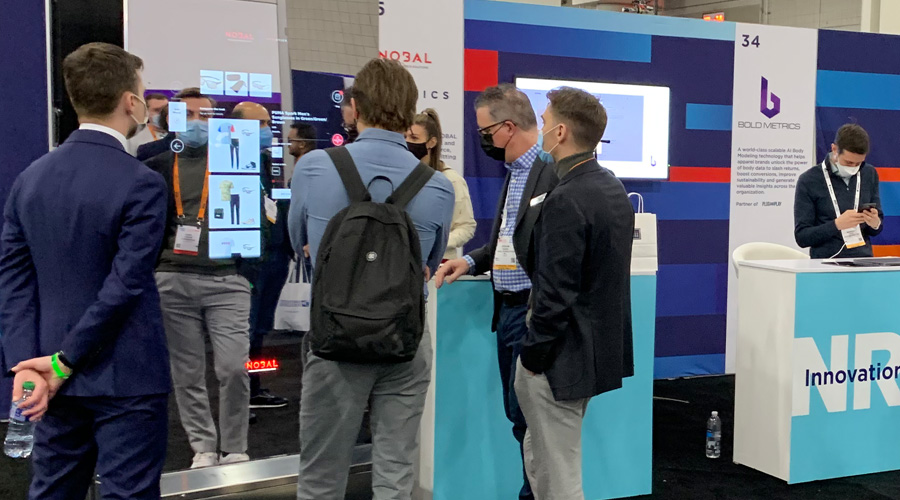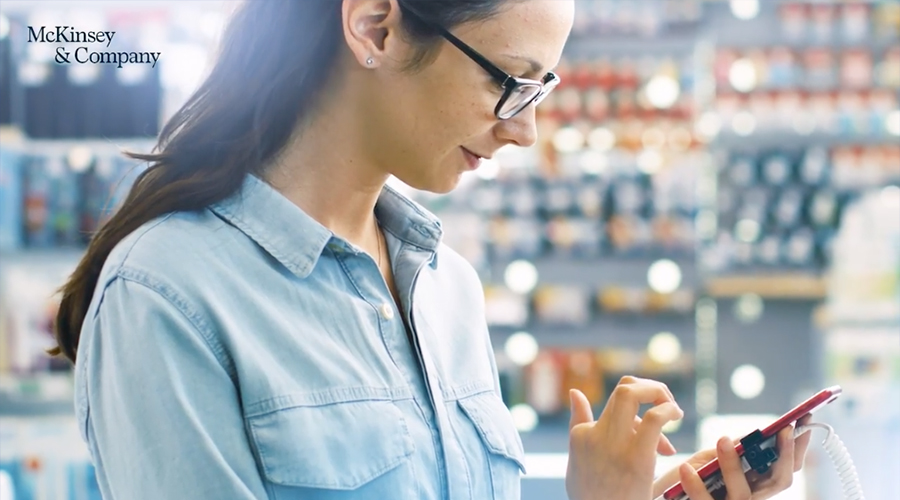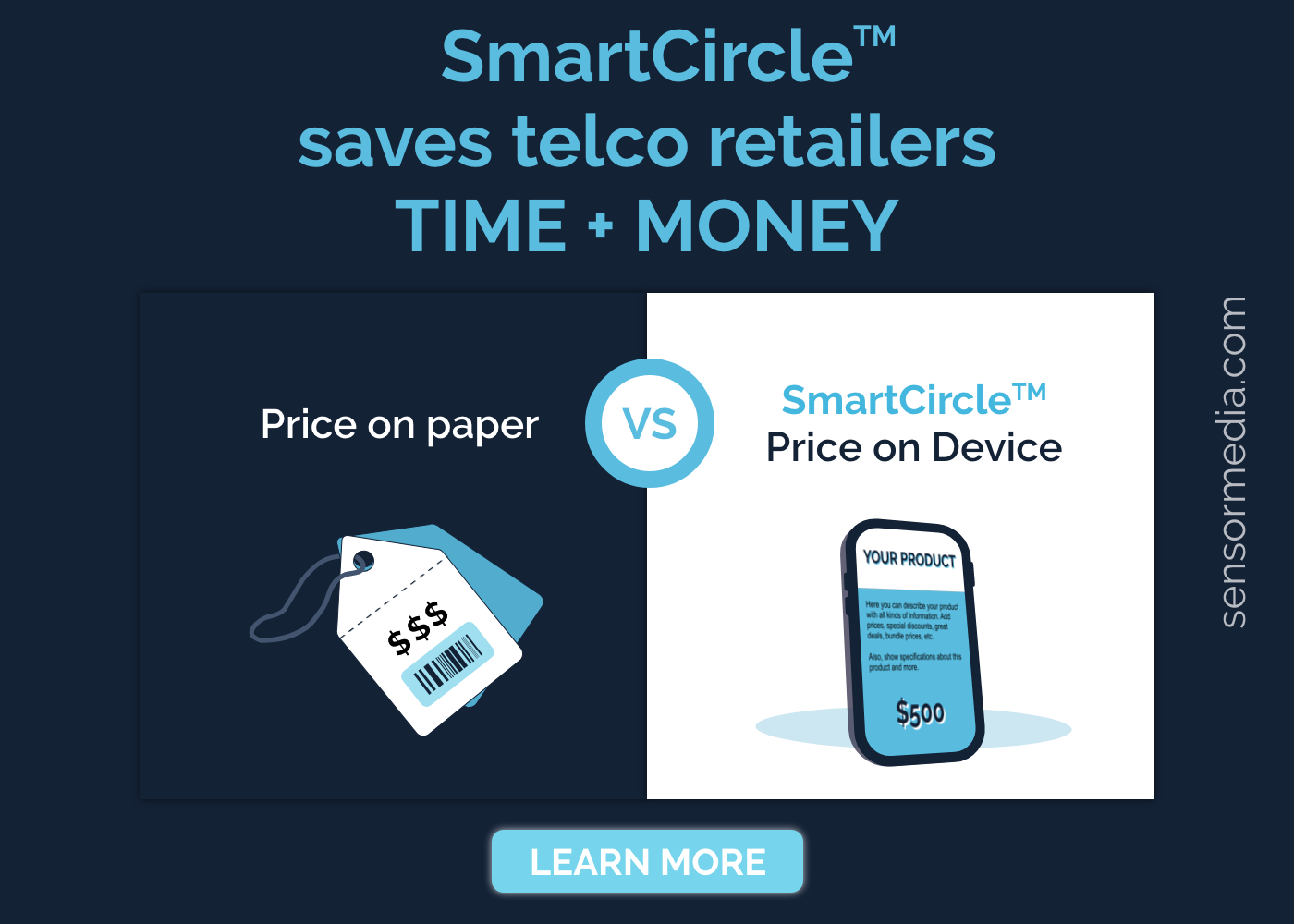Global brick & mortar retailers continue to navigate through the impact of COVID-19 at different paces, with many facing financial pressures from months of lockdown and an increase in popularity of e-commerce, while looking to overcome the challenge of successfully balancing health and safety measures with offering customers an engaging in-store experience.
When looking at the impact of COVID-19 on businesses, one silver lining is that it is accelerating change and innovation across several industries, and retail is no exception. Among other changes, the use of in-store analytics is expected to grow significantly over the next few years, empowering retailers with critical insights – insights that allow them to localize go-to-market strategies and communication with stores, drive down operational costs at a time when cost efficiencies can make or break store performance, and understand consumer behaviour and preferences in a way that facilitates an impactful store experience.
As brands rethink their strategy in today’s new normal, cloud merchandising solutions are partnering with retailers to collect and analyze data that allows them to make data-driven decisions that impact everything from staffing levels, to the in-store experience, to the insights needed to connect with the communities they operate in.
Data is all around
The amount of in-store data available to retailers today is abundant. Store design teams have physical data around design, construction, size of fixtures, number of windows and counters per store. Marketing teams also have a significant amount of data – think of the four Ps, then layer in additional information such as demographics (age and gender), seasonality, purchasing decisions and other physical factors that can be associated with stores. Additional sources of powerful data can be found within Operations, HR and online teams.
The options to pull in relevant data in from other sources is also significant. Google Trends, Google Search, shopper tracking using Bluetooth, and heat mapping are some of the additional tools that retailers can leverage to build profiles for their stores. Despite the benefits of having all that information at our fingertips, it can be daunting to think about where to start, or how to maximize the benefit.
An integrated solution
While many apps provide value and insight for retailers, the reality is there isn’t one app or data source that can do it all. As a result, many retailers are now relying on a single platform that incorporates third party apps as a way to streamline those insights, and capture them in one place along with all other relevant information such as store-specific planograms and store audit information, among many others. Those insights can then be coupled with behavior insights and trends such as shopper traffic patterns, customer engagement at the store level, and marketing platforms such as Marketo, resulting in a powerful profiling and predictive modeling tool.
Optimizing retail with a data-driven strategy
Capturing in-store data and gaining insights into SKUs, customer behaviours, patterns, and the overall digital footprint customers leave in-store has both internal and customer-facing benefits that are giving retailers a competitive edge. At its core, a data-driven strategy leads to improved merchandising and the ability to anticipate trends. Yet, retailers stand to benefit in so many more ways. For example, OR’s Workforce Management and SKU Optimization modules are focused on cost savings from efficiencies gained and increased associate productivity, allowing clients to track and measure strategic retail metrics such as traffic/conversion, and sales and revenue by fixture. Understanding associate LOE (Level of Effort) has become a priority for retailers, which OR supports with a focus on operational metrics such as cost to execute a campaign, value of assets in-store, campaign compliance/execution and communication with ticketing and tasks.
Another benefit for retailers that gather store-level local analytics is their ability to leverage that data and insight to seamlessly integrate a store into the community. As global economies return to pre-pandemic levels of in-person engagement, data and analytics can strengthen opportunities to connect with customers in new ways.
Leveraging in-store analytics has been benefiting retailers for years, however the necessity of leveraging analytics has never been more critical than it is now, and retailers are taking notice. Those brands that see opportunity in the wake of the pandemic and focus on capturing and analyzing customers’ digital footprint to inform strategic and targeted store-level execution will set them apart as they navigate our new retail normal.







